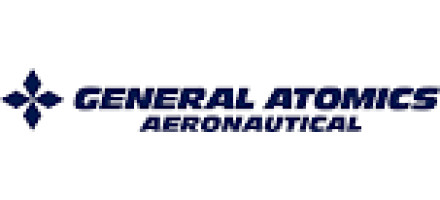GA-ASI team demonstrated UAS Ikhana detect and avoid technology in national air space
NewsJune 14, 2018

SAN DIEGO. General Atomics Aeronautical Systems, Inc. (GA?ASI) engineers developed a detect-and-avoid (DAA) avionics system that enabled an unmanned aircraft to fly through the National Airspace System (NAS) after taking off from southern California this week.
The DAA system installed on Ikhana, a NASA-owned Predator B/MQ-9 Unmanned Aircraft System (UAS), enabled the UAS to meet the Federal Aviation Administration's (FAA) 14 CFR 91.113(b) requirement to “see and avoid” other aircraft during the flight.
GA-ASI has been working with the FAA, NASA’s Armstrong Flight Research Center, Honeywell, and other industry partners since 2013 to develop, flight test, and standardize an airborne DAA system. Flight tests on NASA's Ikhana served as the basis for verification and validation of RTCA DO-365 and DO-366 technical standards for DAA, which were published by RTCA in May 2017.
The DAA system combines automatic collision avoidance with the ability for the pilot to remain ‘well clear’ of other airspace users. Its subsystems include a GA-ASI-developed airborne radar, a TCAS II and DAA tracking capability from Honeywell, Automatic Dependent Surveillance-Broadcast (ADS-B) IN/OUT, and a Conflict Prediction and Display System.
“Our goal of producing UAS that can be certified to fly in non-segregated airspace took a big step forward today,” says Linden Blue, CEO, GA-ASI.






